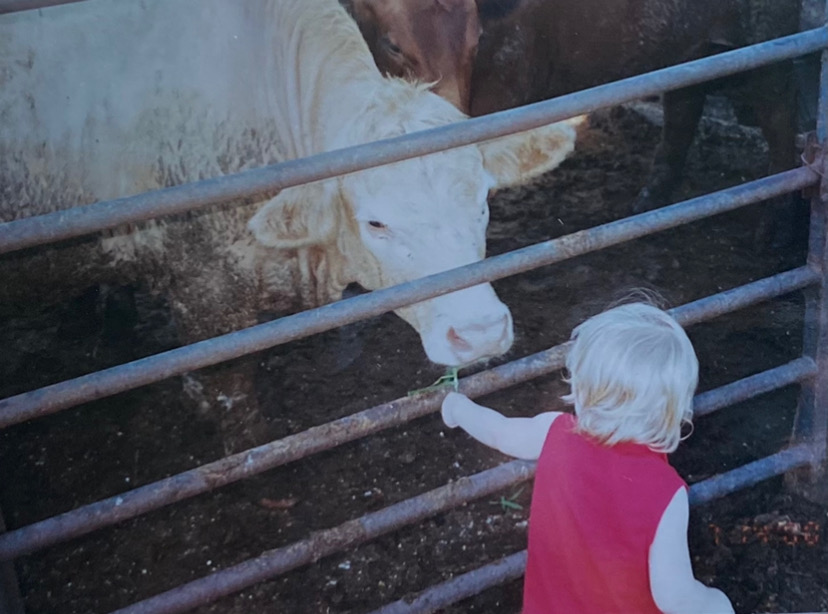I remember walking into the first week of my position at a church where I was responsible for overseeing 5th-12th graders. I looked at the weekly schedule, programs, and events and quickly realized that the current structure of having three groups did not make much sense and wasn’t going to be sustainable. As I visited each of the groups, it was clear that each was being led by a group of committed volunteers and was designed around the values and gifts of those leaders. The three groups had little in common and did not work together and, in fact many times, worked against each other.
For me, it was an easy fix: transition the ministries to a middle school and high school group and align the teaching, activities, and goals. When I brought the brilliant idea to my senior pastor I was shocked when he said no, that won’t work. These three ministries each have a unique history, and people who are important to the church each own one of the ministries. We don’t want to offend them, so figure out another option. It was my first lesson in the mine field of sacred cows. For many months I was stuck, frustrated, and exhausted. I knew what needed to get done, but I didn’t know how.
Fortunately for me, God was gracious in my ignorance. He gave me favor with the 5th-8th graders and their leaders over the first 6 months, and He sent an incredible group of people who supported me, encouraged me, and at the right time assisted me in killing the sacred cow of a 5th/6th grade and 7th/8th grade group. I truly believe that God gave me favor and hearts of like minded people to protect me from burn out or a misguided use of sarcasm.
Over my 25 years, I have had the gift of being a part of a number of youth ministries and each and everyone of them have sacred cows (never believe a search team that says they don’t have them). I have seen sacred cows of rummage sales (which I believe are of the devil, though they do provide stories about unique donated items), camps, spaghetti suppers, leadership teams, music festivals, favorite active games, and of course pranks. Sometimes I have been able to identify sacred cows before I killed them, and sometimes I have missed identifying them and have had to pay the cost of killing a sacred cow before people were ready to let it go. I have experienced anger and tears as people mourned the loss of the cow. I initially had little compassion toward the people who had issues with the killing of the cow, but over time I have learned a valuable lesson that has helped me continue to kill sacred cows, but with compassion and collaboration.
In one of my churches that I served, I inherited an incredibly tight knit student leadership team. They had been intentionally invested into and had formed a great community. The new staff leadership knew within a couple of weeks that if the student leadership team was to advance and go to the next level, the team would need to reimagined and refocused. We spent the next four months meeting with the students, some of the parents, and key volunteers to listen to what was meaningful, going well, and what was needed. We had multiple brainstorming sessions with the students. After six months, we invited the student leadership team together and threw a party, celebrating all that the student leadership team had been, the impact it had made, and made the announcement that it was ending in the current format and was being restarted with a focus based on the input that the students and parents had given.
As a youth staff we had thought we had done everything that we could do in listening, celebrating the past, and making a great game plan for the future. But even with all of our best planning to kill the sacred cow, we still missed communicating effectively to the parents and students. The following weeks were filled with tears, heated discussions, accusations of unfairness and meanness. It was painful for everyone. I sincerely believed we intentionally tried to be compassionate in the killing of the cow, but even with the best care, sometimes that death of the sacred cow still creates a sense of loss and grief.
Even with that undesired outcome, I still will continue to learn from my experience on how to kill sacred cows carefully. People have emotional connections with sacred cows and many times are not able to genuinely evaluate whether it is still useful or purposeful. People are more committed to what the sacred cow represents (familiarity, comfortability, meaningful past experiences), than to the effectiveness of the cow. As someone who is many times in position to evaluate and kill sacred cows, I have learned that listening and asking questions are vital in the beginning steps of the process. Celebrating the past is important for those who have invested in the sacred cow. Communicating clearly and regularly about vision and purpose as you work through the killing process helps prepare those committed to the cow have an opportunity to understand. Having a next step or a why as the sacred cow is killed has been a huge help for people as they transition to the next. Another thing that you can do as you kill a sacred cow is to position yourself emotionally and mentally to withstand the criticism, frustration, and disengagement that will likely happen in the aftermath. Be positioned to love people through the process and help give them clear next steps as they walk through it.
Lastly, I have learned that sacred cows need to be killed. I am more confident than ever that for effective growth, many times sacred cows of the past have to be killed. I have learned that doing the right thing is not always met with support and agreement, but by doing the right thing, new growth can happen. I have seen over and over again the fresh new idea, new spiritual growth, new community that has been born out of the death of the sacred cow. These new things have been amazing, impactful, and beautiful. And as I unveil the new thing, I realize that I need to prepare the stake holders that there may be a time in the future where someone comes to them and asks them to kill the new sacred cow so that the new thing can be unleashed.

